50 years of coasters – 1971 to 1980
As of tracking down some fresh creations in 2020, it turns out that I have now ridden at least one coaster that was opened in each year from the last 50 years. 1970 still eludes me and most likely will forever now, as it seems there are no rides from that particular year currently operating in their original locations. Even if we start considering relocations, there is only one surviving Schwarzkopf Wildcat, that started out at Cedar Point that year and has since moved around a lot, currently residing in Maryland. It’s not high on the agenda.
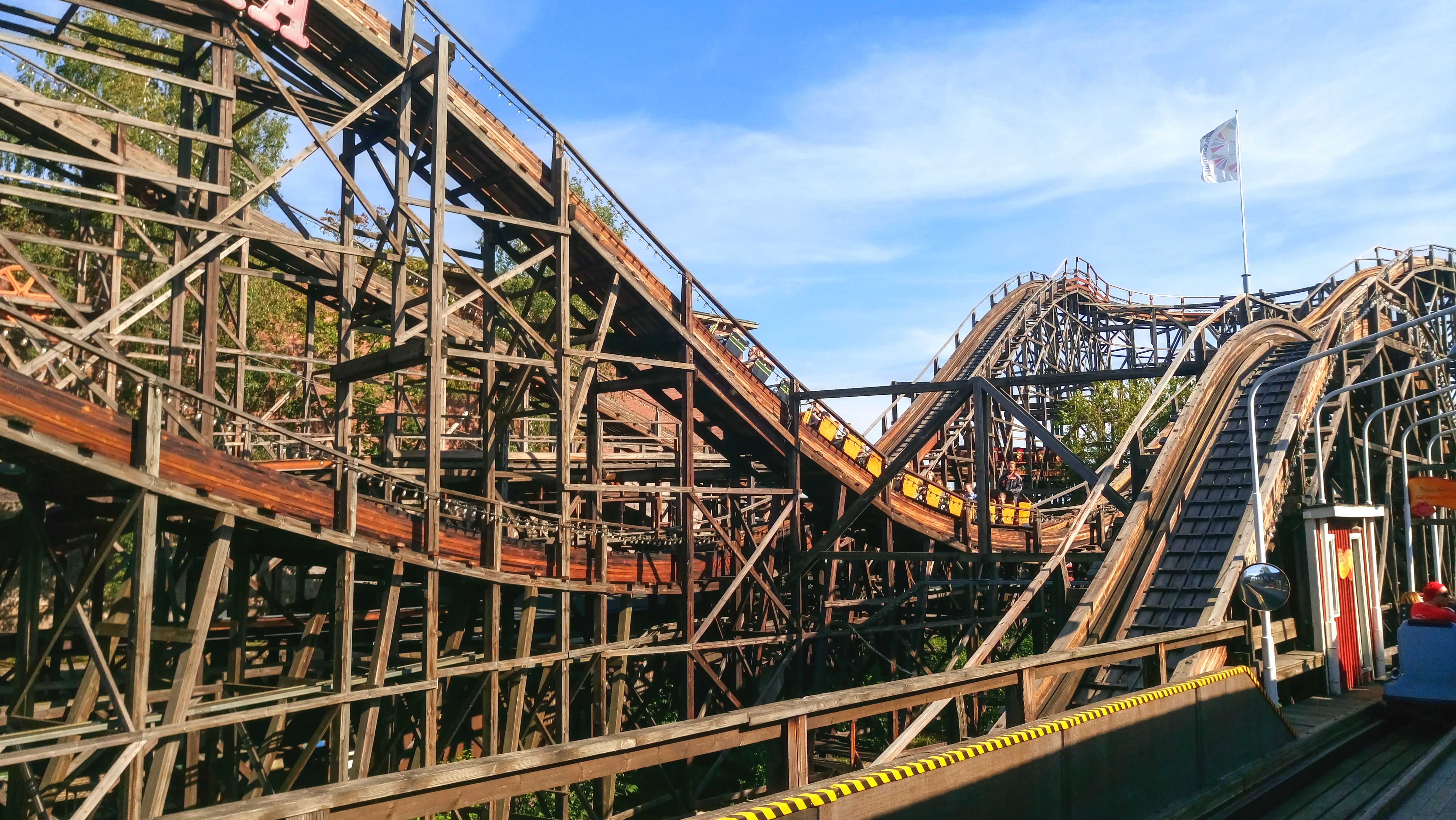
Obviously the quantities are a lot lower for the further we go back in history, as only the lucky few rollercoasters get well looked after and manage to live to a ripe old age, so today I’ll be picking just one highlight installation from each of the first 10 years, ones that I’ve personally ridden at some point and as I continue the series and head towards modern times we can begin to look at each subsequent year in much more depth.
The ’70s appear to be a time when the modern industry was still being shaped and finding its feet. For at least the last decade, steel had been steadily taking over the world as the primary material of choice for coaster track and alongside the market being padded out with many common stock builds, the big names we still look back on with fondness now – Arrow, Schwarzkopf and Togo (sadly all no longer with us today) were innovating and paving the way to a brighter future for theme parks with their ever bigger and better custom designs.
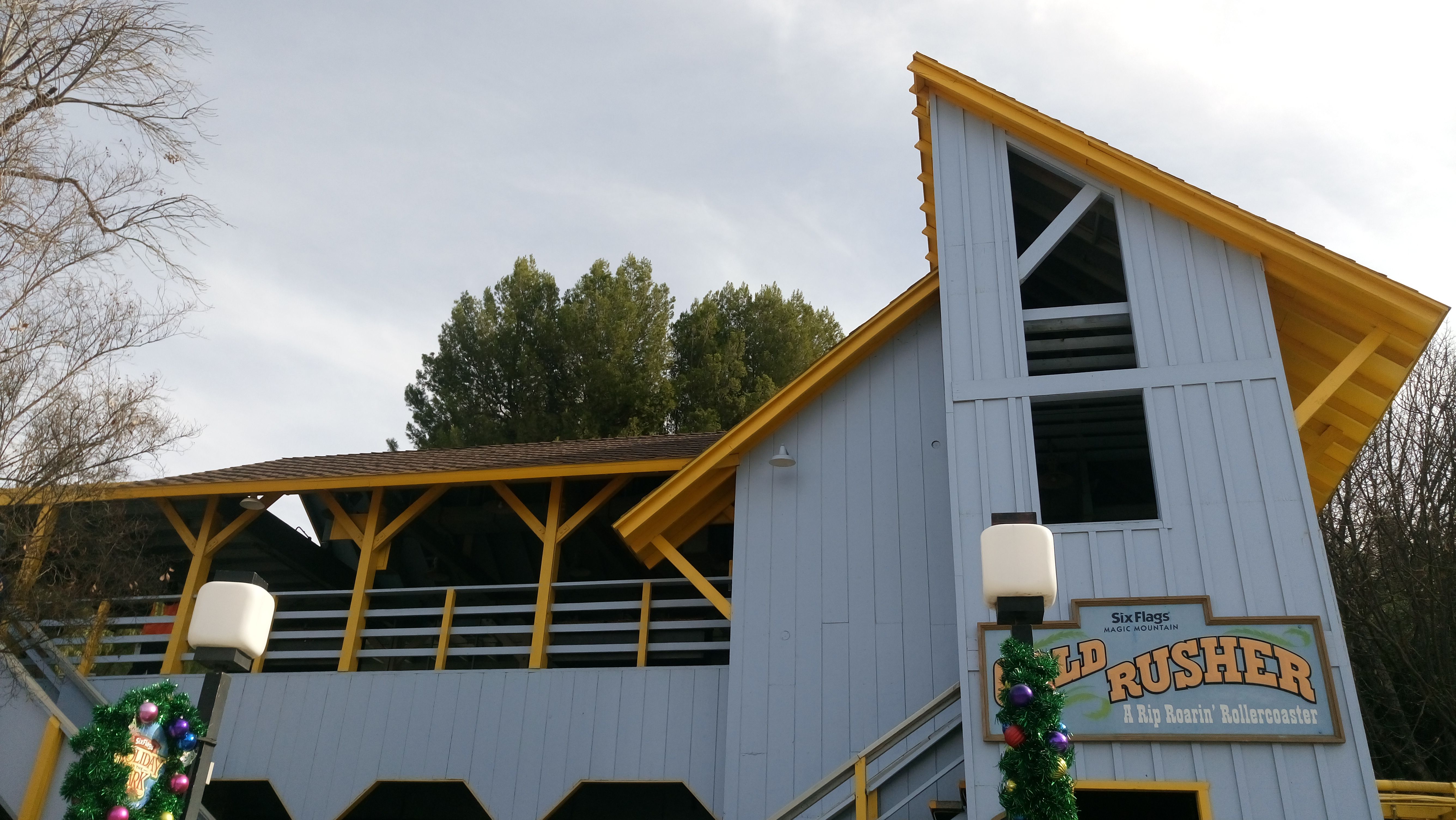
We begin with a mine train from Arrow Dynamics which happens to be my only coaster from this year. It opened with the park back on 29th May 1971 and it’s hard to believe that Magic Mountain, currently home to more rollercoasters than anywhere else on earth, had only two to begin with, the other being a second hand kiddie coaster from Bradley and Kaye, one that’s notoriously difficult to add to the count these days.
Gold Rusher appears to be amongst the strongest builds to open this year anyway, with most of what was going on back then being multiple stock models of Zyklon Galaxis and yet more Schwarzkopf Wildcats. This was a fully custom layout integrated into the unique terrain of the park, with two chain lifts and some thrilling sections of track that wind their way up and down the hillside. Arrow mine trains are always solid family fun and this one was a fine addition to the collection.
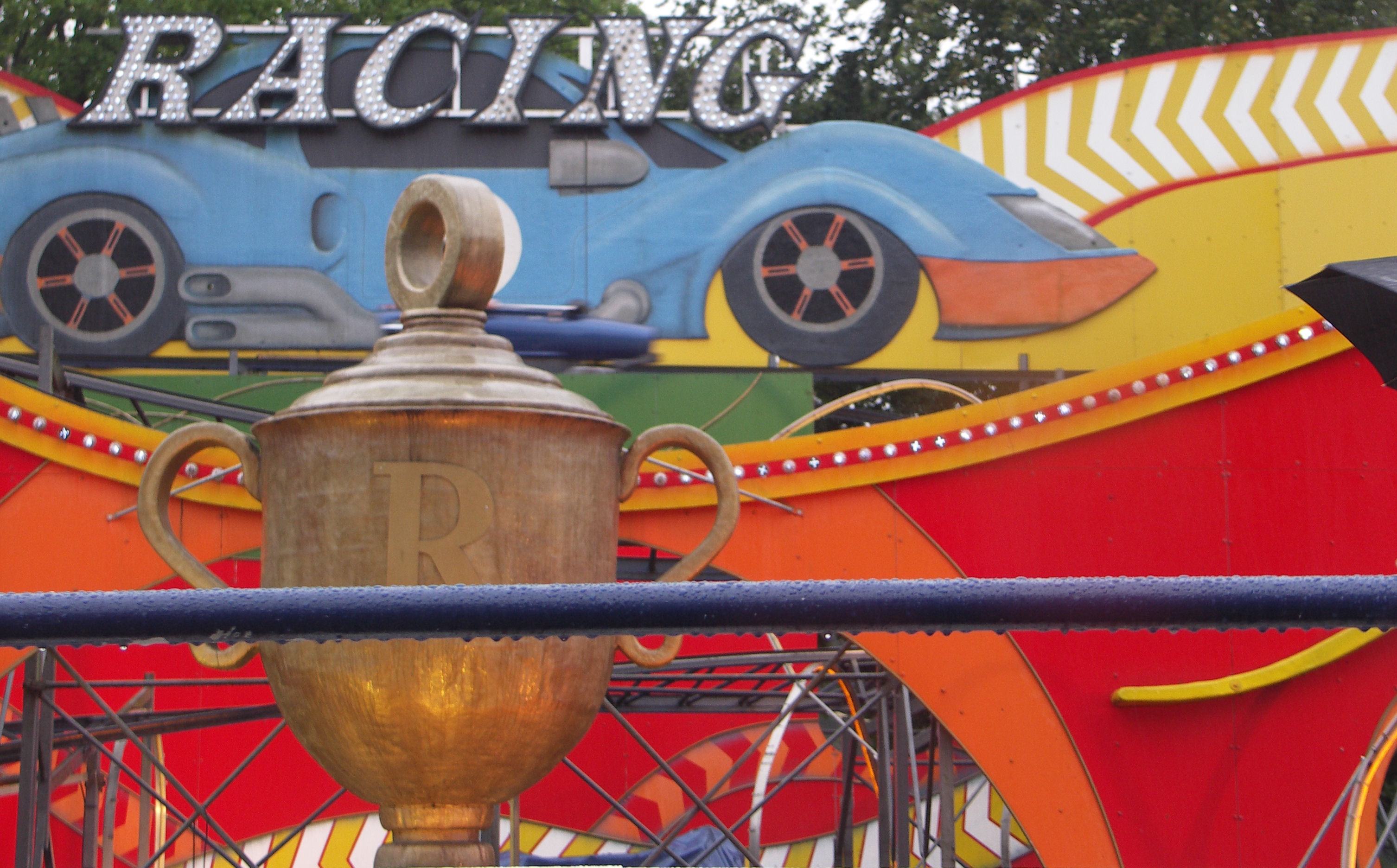
As the second and last of the default picks for the whole series, Racing is my only experience with a 1972 coaster and has unfortunately been retired as of the end of last season. This Zierer Flitzer became a fairly common sight across the world over a surprisingly long time frame mainly because they were fundamentally designed as travelling coasters and moved round different parks all the time or fairground circuits all the time.
It’s a simple layout with single file seated cars that traverse banked drops and turns, spiralling their way through a compact plot of land and it was alright, nothing to write home about. Glancing through the 1972 list there are a few more coasters that interest me a lot more, ones that I will hopefully pick up in the near future: Fire in the Hole is a vintage dark ride coaster at Silver Dollar City from the same year and Kings Island also has 3 wooden coasters from ’72 – two racing Racers and family woodie Woodstock Express which from my previous experience at fellow Paramount/Cedar Fair park Kings Dominion should all be decent entertainment.
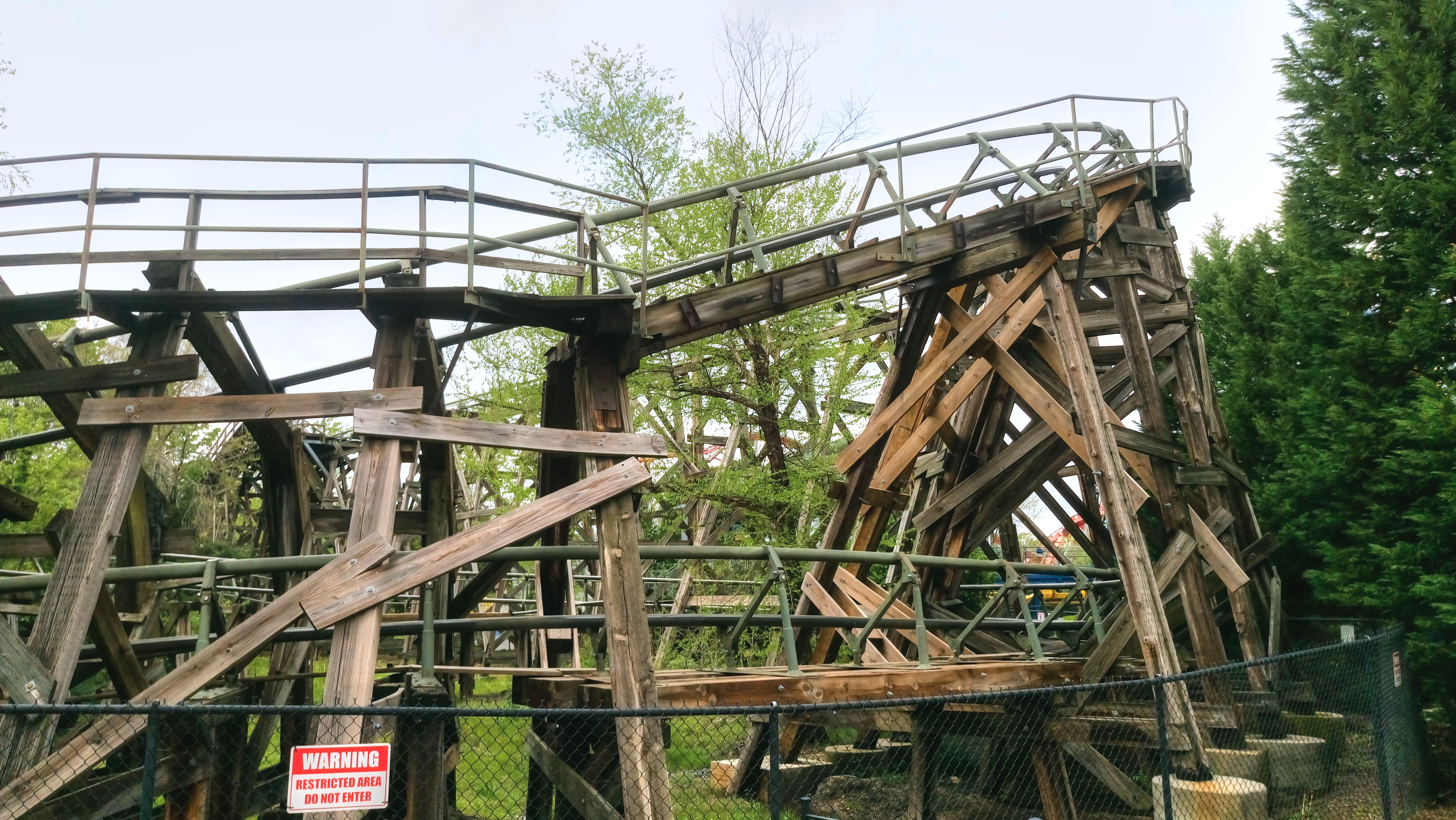
As we enter 1973 I finally have a choice in the matter, though admittedly not a good one just yet. It was between another Arrow mine train and a certain wooden coaster at Six Flags Over Georgia that tried to injure me. Just like the last mine train in the list, this one debuted with the opening of the park back on 31st March 1973 as Carowinds’ one and only rollercoaster.
While this one doesn’t have much in the way of terrain to help it along there’s still two chain lifts and a tunnel to keep things playful! However I think the most enticing installation for me from this year looks to be this wild looking Japanese jet coaster that has since found a new home in Mexico and is definitely an attraction I want to pick up one day, sooner rather than later.
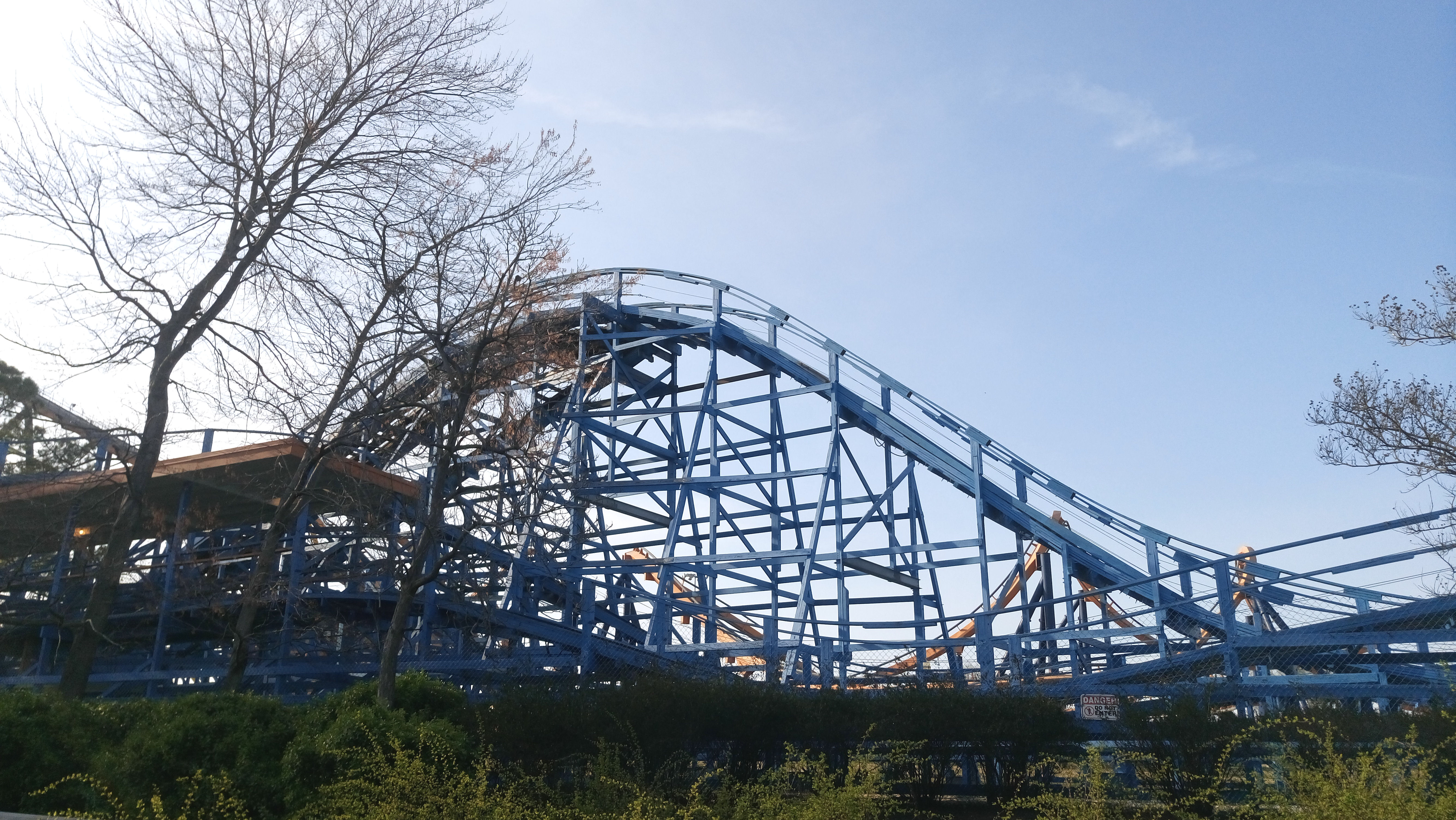
And here it is, the family woodie I alluded to just moments ago. Kings Dominion actually opened a year later than this ride in 1975 and acquired the already existing ‘Scooby Doo’ at that time. For the size, this ride is surprisingly thrilling and one of the main contributing factors to this is the lap bar restraints that only have one closed position – the smaller you are, the further you can fly out of the seat.
The rest of 1974 looks all too familiar with mostly the same names we’ve already seen popping up yet again – Galaxis, Flitzers, Wildcats, when will it end? There were a further two Arrow mine trains at Hersheypark and Six Flags Great Adventure, both of which I have also ridden and neither of which happen to stand out as much as this little woodie. The only other notable installation back in Europe was the world’s first Zierer Tivoli at Tivoli Gardens, another ride type that went on to be an extremely prolific clone, particularly in my own personal catalogue.

We’re now staying at Kings Dominion for a second year running as, in continuing with their parellels with Kings Island, they opened this larger pair of racing wooden coasters. I do love a bit of racing and interaction on a coaster so this concept is perfect for me. The simple out and back layout is effective, consisting of just many hills and one big flat turnaround and the only downside for us, 44 years later, was that they chose not to run both tracks at the same time during our first visit.
What else happened in 1975? The Arrow Dynamics Corkscrew coaster hit the scene, making its namesake corkscrew element the first example of a ‘modern inversion’ to be seen. The atttraction that jumps out to me more though is the legendary Space Mountain at Disney’s Magic Kingdom. Yes, I’m still basic and haven’t been to Florida yet, but don’t worry, it’s not the last time that name will appear in this series.
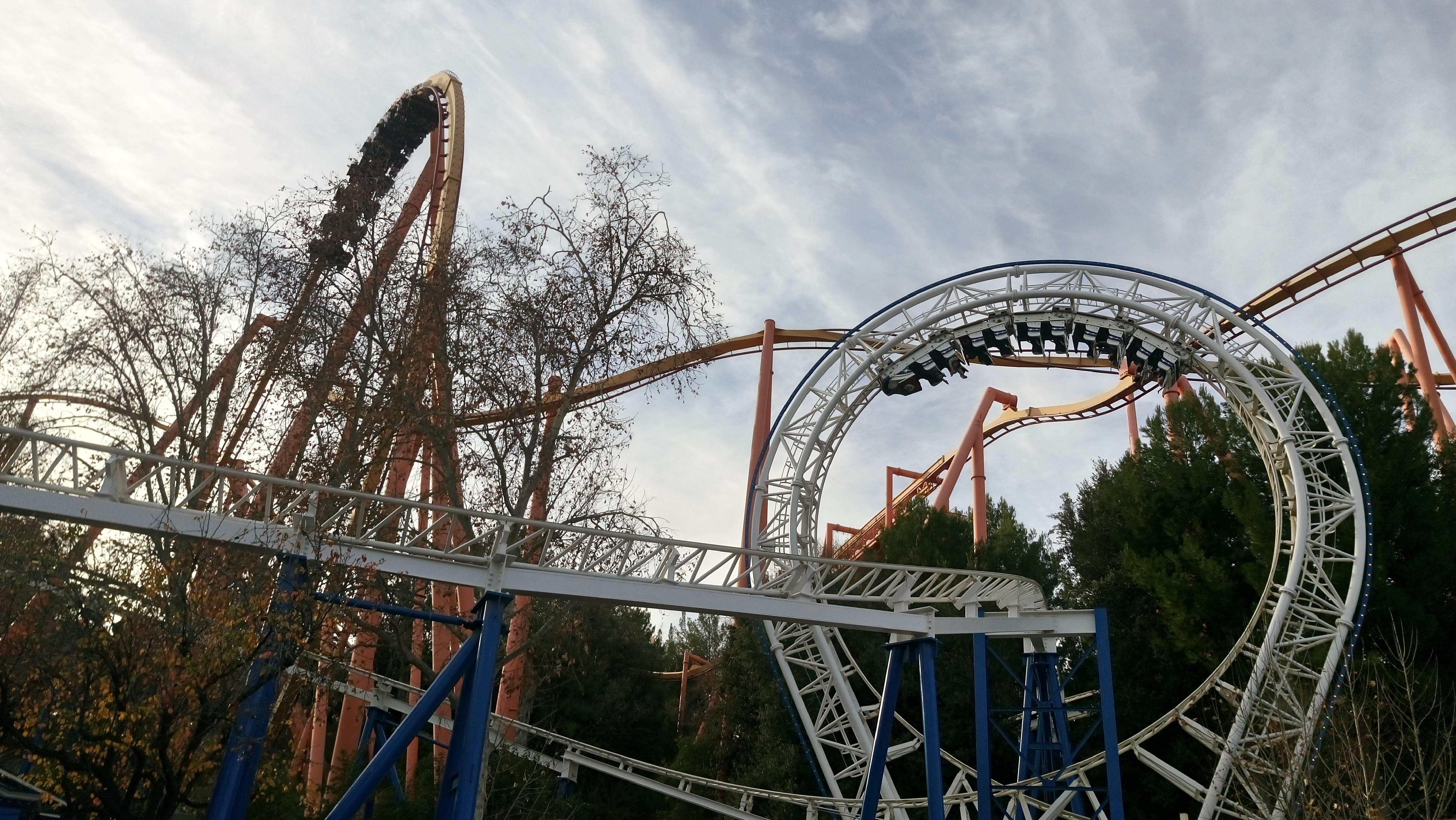
Speaking of modern inversions, this iconic vertical loop was constructed back over at Magic Mountain in 1976. While obviously at the time it didn’t have an attractive looking B&M dominating the surround hillside with some extra interaction, this Schwarzkopf is a really good coaster experience, especially for the era, no doubt as butter smooth then as it is now and full of terrain based goodness. I liked it a lot.
The world of coasters was definitely opening up in 1976, it’s the first year to have multiple page entries on RCDB so bear with me while I trawl through those… Arrow continued their campaign with several more Corkscrew installations but, more importantly, started building fully custom looping coasters too – this world record was only taken by a matter of weeks. Perhaps even more important than anything else this year was the debut of Valle degli Gnomi, the amazing, custom, terrain, dark ride sectioned inspiration to what is now the simple Wacky Worm, currently the most common coaster on the planet.
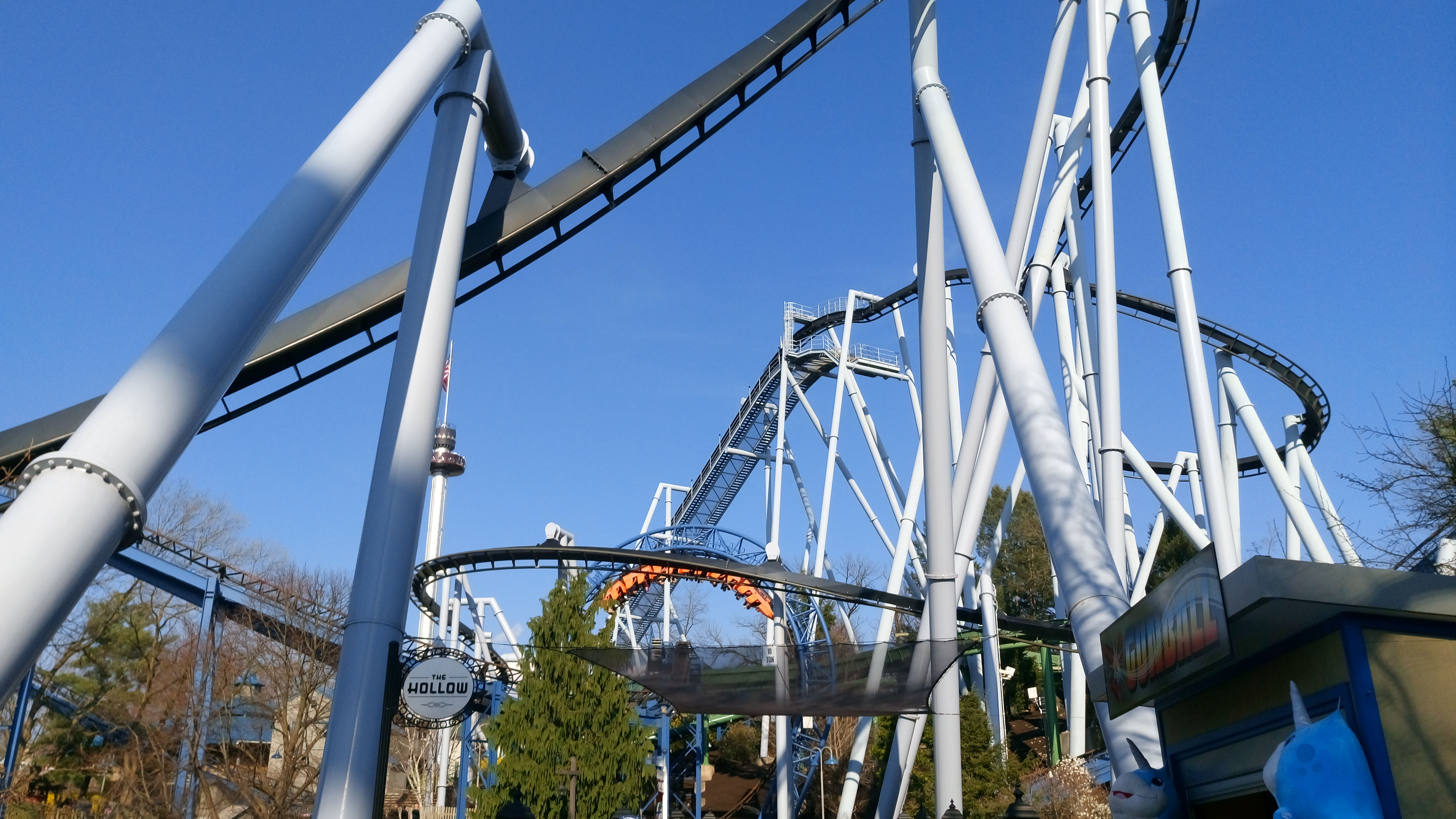
The Schwarzkopf streak continues over in the land of chocolate. Again at the time it wouldn’t have been dominated by a monster of a B&M, this was just another humble looping terrain coaster built onto the side of a slightly less impressive landscape. It may have even been better back then as the construction of Great Bear seemed to have opened up the land a bit more, making it rather bare and perhaps less quaint, though I do of course appreciate the interaction we got instead.
It was also in 1977 that the manufacturer first unleashed their Shuttle Loop model, with the inspired ‘weight drop’ launch system. Arrow also released their own Launched Loop the same year, using a high up station and gravity to their advantage. North Korea acquired their first rollercoasters this year too, thanks to Japanese manufacturer Meisho – they’re somewhere on my to do list, because why not. And finally California got their own Space Mountain, a version which lasted for 26 years before the entire coaster was replaced and rebuilt into the modern equivalent I know today.

Hat trick! While I wasn’t perhaps as enthralled with this Schwarzkpof looper as some are, I can definitely appreciate that, at the time, these were likely the best rides out there – with the superior quality of finish that Arrow lacked a little on their equivalent custom looping coasters, as evidenced by Loch Ness Monster the same year. As much as I enjoyed that classic too, the charm predominantly came from how questionable the design process was. Mindbender uses the terrain rather nicely, also came with two vertical loops and almost feels too well refined in comparison.
Elsewhere in the country, the monster racing woodies of Colossus were born back at Magic Mountain, a structure that was destined to become one of my all time favourite coasters at the hands of RMC some 40 years later. The other Schwarzkopf from the same year, Shockwave in Texas seems like a good rival to this one and I look forward to seeing which one comes out on top at some point.
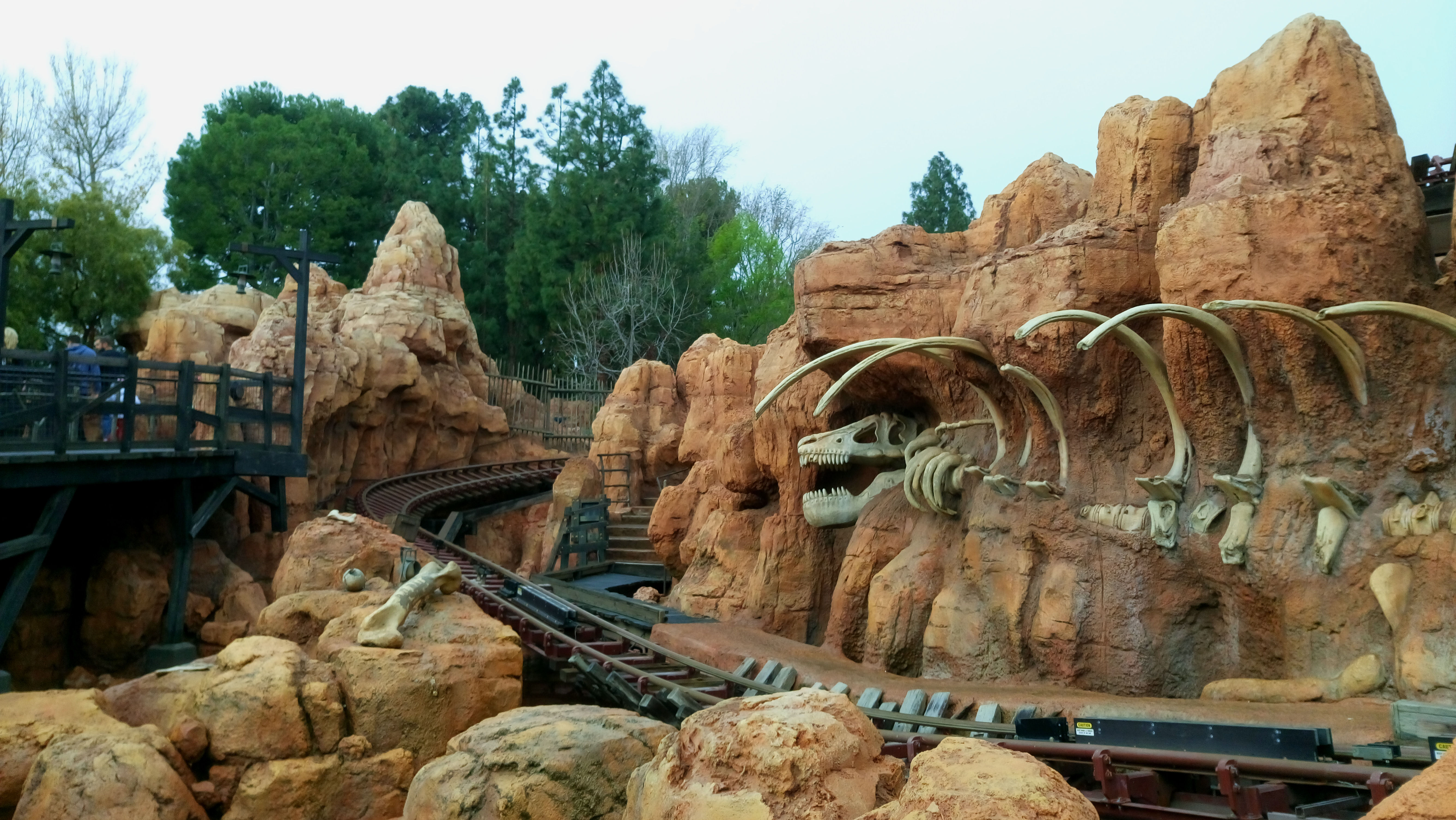
I can now finally get a Disney coaster on here and show that sometimes the hardware of this era was secondary to the surrounding theming and overall experience. The Big Thunder Mountain rides are perfect testament to that, a joyous experience of thrill and adventure from start to finish. California was the first to get one this time and while it’s no longer the best of the bunch, it’s the clear standout for me in 1979.
The notorious Beast opened at Kings Island in this year, remaining to this day the longest wooden coaster in existence – with the mixed reception it will be an interesting contender for me to say the least. Over in Japan, the world’s first Stand Up coaster was born and in Europe, Vekoma were breaking onto the scene with their Arrow inspired compact corkscrew coasters.
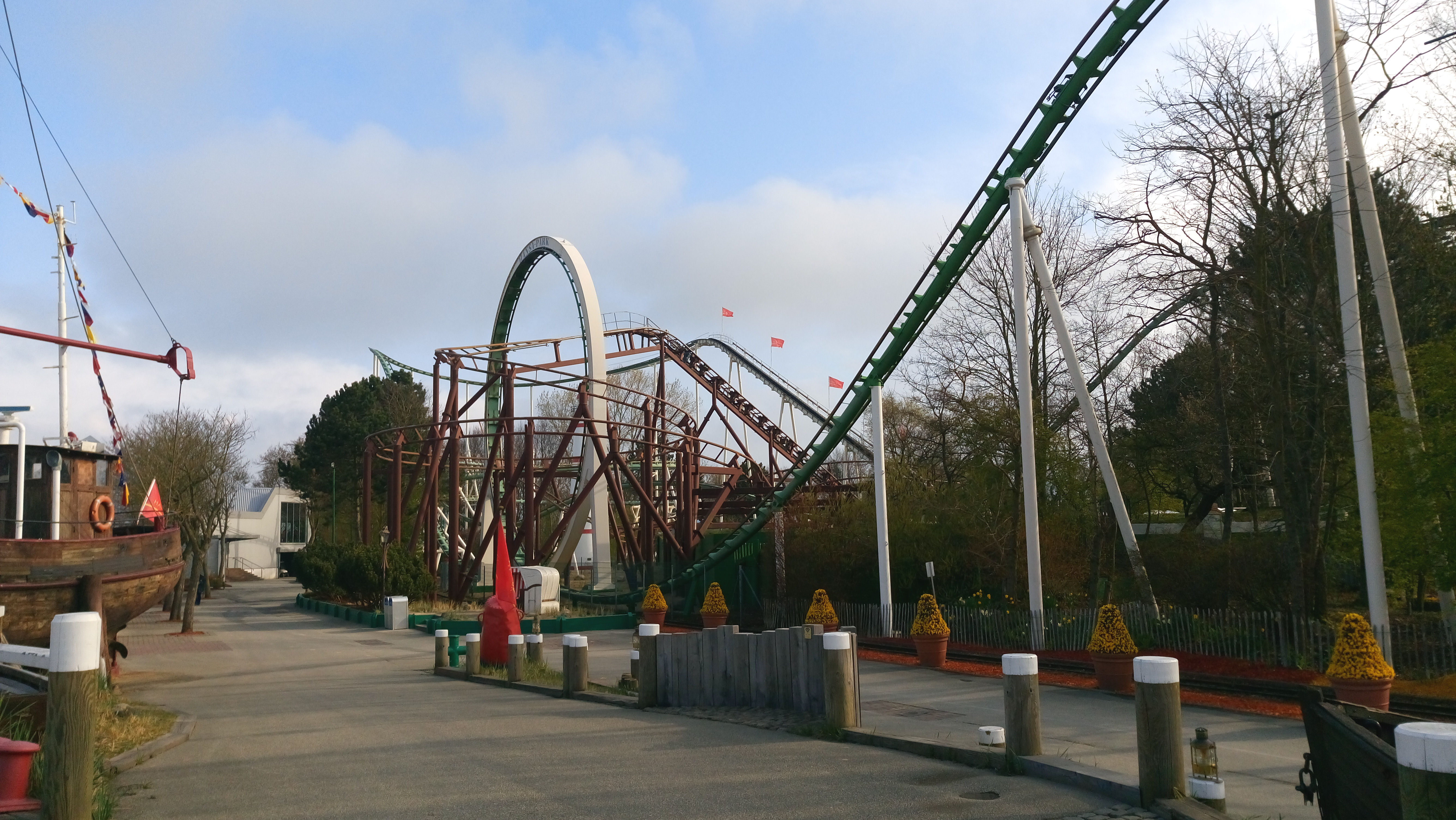
And it’s back over to Europe that we now go in order to bring in the ’80s. Schwarzkopf are at it again with their consistently rewarding custom looping coasters and for me it was the fish mouth tunnel at the end of the ride (sadly now gone) and the interaction with the neighbouring Vekoma junior coaster (which wouldn’t have existed at the time) that made this one a standout in an already amazing park.
This was another big year for the manufacturer with many more Shuttle Loops and Looping Stars being spread around along with stateside rival Scorpion which could well be a contender here. It also seems to have been a huge year for Meisho in Japan, theyre absolutely everywhere in the database for 1980, I’ve got just one of the jet coasters from the list but there’s another that has just caught my eye. Looks like I’ve found yet another way to do some obsessive trip planning.
Click here to continue the timeline.